?I was in the fourth standard when my grandfather took me to watch the movie, Jurassic Park. For the whole movie, I could not blink as something ancient yet new, amazing, larger than life was unfolding in front of me and my tiny mind was trying to comprehend that. I came across Tricerotops, raptors, Dilophosaurus, and many more legendary creatures for the first time there. Later, during one of my visits to ancient temples in India, I came across one particular animal, and then I realized we do have our own legendary mutated dinosaur from Puranas and that is Makara.
Makara can be found on Torana, gateways, and Mahirap (Arch) above the gods. Many times, he will find a place in the form of earrings on the gods, and thus, will be called Makar Kundale, i.e. earrings in the shape of Makara.
The philosophy behind Makara
Makara is composed of seven animals – Head of the crocodile, eyes of the monkey, horns of a goat, ears like deer, a body of a Boar, the tail of a peacock, and paws of the mighty lion.
Sometimes, he might have a trunk like an elephant as well. Various Puranas depict Makara in different styles.

?Crocodile has always been feared by Indians, as an unknown danger, creeping silently in the deep waters. The earliest occurrence of this fear can be found on the Harappan tablets as shown in the picture. Here, we can see a crocodile, catching a fish in the mouth. Remains of the boats found in Indus Valley civilization excavations have an animal like Makara engrave on the edges. It must have worked as a protection against those fearful creatures while traveling on the boats, a few thousand years ago.
?Sometimes, its mouth also represents a Dolphins that could be found in the Ganges. As the Ganges is the holiest river for Indus civilization, Makara also is associated with the prosperity of the Ganges.
?Goat horns represent the battle-readiness of the animal, ready to ram, ready to take on the danger on the head. Fearless, running towards the fight with pride and honor. Ram is the vehicle of Agni, the god of fire, this animal is also associated with the purificator Agni.
?Deer years show exceptionally well-developed noise grasping ability of the animals. Which tells us that a king always should be listening to the danger. He should be the lookout for the threat like a deer, as it listens to the footsteps of carnivorous. Gazelle, being the vehicle of Vayu, lord of the winds, the supporter of all the aerobic life on the planet, Makara is often correlated with the life and the evolution itself.
?The torso of a boar represents the thickest skin. The thick skin of a boar makes it hard to kill despite hitting it hardest. Thick skin has another meaning as well. It means one should always ignore the criticism people pass on you unnecessarily. Boar being the part of Makara, is also associated with holiness and ferocity of Lord Varaha, who saved the earth from the clutches of demon Hiranyaksha.
?Paws of lion reflect strength, nobility, valor, and ferociousness of the animal world. Makara has taken the paws as weapons, from Lion, an undisputed king of the animal kingdom. As a lion is the Vehicle of Durga, this animal is also associated with the feminine guardian of morality, valor, and righteousness of the creation.
?The tail of the peacock represents beauty and creation. It also represents the cycle of time in Hinduism. An eye of the peacock feather represents the third eye of Krishna- Knowledge.
Makara is often considered as a symbol of fifth-generation evolution. It often seems like the door arch of the sanctum is held suspended by the Makaras. Makara has endless feathers and tree vines coming out of its tail. Often, these tree vines are making the arch over Vigraha, end up in the mouth of fierce Kirtimukha. As if the endless cycle of evolution and destruction is happening in front of the God.
Makara is a vehicle for Goddess Ganga. In Vedas, Varuna is the lord of the seas, and what is the most suitable vehicle for him to move around the globe? Greatest sea monster of all time-Makara.
?We can find many references to Makara in ancient Indian texts. Cullavagga, written in 400 BC mentions gigantic ocean creatures stretching from one to five hundred leagues. In one of the stories written in Avadana Sataka, Makara knocks down a boat in the middle of the sea and starts devouring people while the hero had to swim to the shores to save his life.
Matsya Purana describes Varuna as very powerful, with a fair complexion like a conch, wearing pearl ornaments under a pearl crown. With two hands, holding a moose and riding a Makara. This Makara is having the head of a dog, torso of a pig, and a tail like a crocodile.

Tiruchchirappalli, 1820
In Kashyap Shilp Shastra, Varuna is riding a Makara with his consort Varuni or Padmini Devi. In other ancient texts such as Shilpa Ratna, Aparajita Pruchha, Hayastra Pancharatra we can read the depiction of lord Varuna, and along with him, the Makara, in different forms. Due to a wide range of variations, we cannot confirm the exact form of the Makara, but, one thing is for sure and that is, he is a combination of many animals.
⚔️Local guides are the knowledge banks of Hoysala temples. According to them, Makara describes as an ideal soldier. Soldier, having digestive abilities like a pig, strong legs like lion, firm grip of crocodile teeth, strength like an elephant trunk, sharp eyesight of a monkey, hearing abilities like a deer and charming personality and build like a peacock.
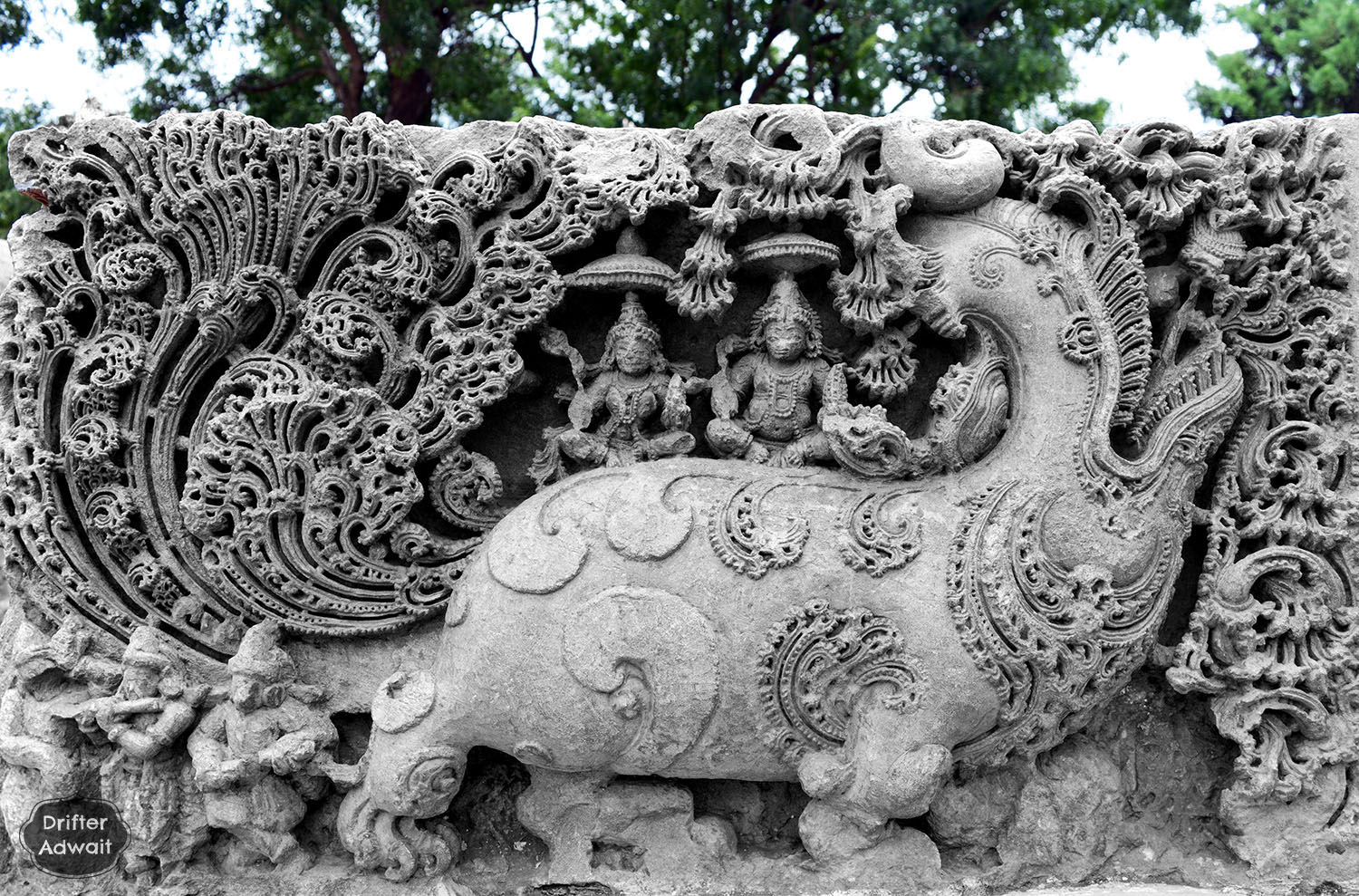
Makara is mentioned as the greatest animal of the sea by Lord Krishna himself on the battlefield of Kurukshetra. He compares himself to the beast.
In Bhagvat Geeta, Krishna says,
पवनः पवतामस्मि रामः शस्त्रभृतामहम्।
झषाणां मकरश्चास्मि स्रोतसामस्मि जाह्नवी।।10.31।।
“Of all the purifiers, I am the wind. In all the legendary weapon wielders, I am Prabhu Rama. Among all the rivers, I am the Ganga and amongst the aquatics, I am the Makara”
In Markendeya Puran, Sage Markandeya explains the types of treasures such as Padma, Kacchupp, Neel, etc. One of those celestial treasures is Makara’s treasure. Being Taamasik in nature, this type of treasure remains in the family for one generation only. This Makara treasure is nothing but the mastery over handling various weaponry like mace, swords, bows, and arrows, etc. Even, on the flag of Kamadeva, Makara stands with pride, flattering in the air.
Legendary Metaphysician, historian, and philosopher Ananda Coomaraswamy has explained the Makara brilliantly in his book ‘Yaksas’. He says, Makara is a great Leviathan moving through the primeval waters of the cosmic ocean, which contain the essence of life. Makara stands for Prakrti that manifests the un-manifest. Coomaraswamy associates Makara with the abode of lotus which in turn symbolizes life.

Apart from India, you can see Makara on many temples worldwide. In Sri Lanka, the dragon is called Makara in the Sinhala language. You can find it on Toranas and on ancient Lankan flags, and even as door protectors outside Buddhist temples. Karava tribe is a Naval tribe, located on the seashores of Sri Lanka, proud descendants of Kauravas. They have the flag, a Makara flag on their ships during medieval times.
In Tibet, powerful animal decorates the blades of combat axes. In the temples of Nepal and Java, they can be found on entrances and on path railings as well. Makara decorates the walls of the great temples of Angkor wat, in Cambodia.
Pliosaurus and Makara:
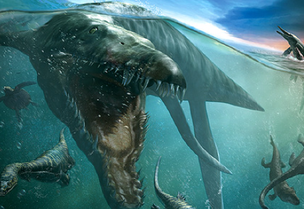
Makara has been a favorite topic of Cryptozoologists. Cryptozoologists are those dudes who come on history channel late-night, dig up oldest of the old texts out of the context and try to mix science into mythology with a pinch of alien sauce into it and cook up the ancient alien’s episodes on TV. According to these cryptos, Makara, mentioned in Vedas, Bhagvat Geeta, Buddhist text actually was swimming in the depts of seven seas as Pilosaur, 155 million years ago. It has remarkable similarities with our monsterous animal, described in texts. Paleontologist Richard Forrest commented to the BBC as follows: “This is an iconic specimen – one of the most exciting we have seen in years. It was probably the most fearsome predator that ever lived. Standing in front of the skull you can imagine this enormous beast staring straight back at you, fixing you with its binocular vision, and attacking. Just thinking about it raises the hairs on the back of your neck.”

Keeping the jokes aside, Makara makes appearance silently in our modern lives more frequently than we realize. In the form of Makar Sankranti, where Sun enters into Makara consolation declaring the end of the winter solstice. It also comes across you when you do your crocodile pose on your expensive yoga mat – after paying thousands of rupees to some Cult gym trainer wearing Ralph Lauren branded yoga clothes, teaching you yoga in her fluent polished English. That pose is also called as Makara Asana FYI. Terrible monster it was once, now Makara sits silently on the walls of ancient temples, basking in his historical glorious fear.


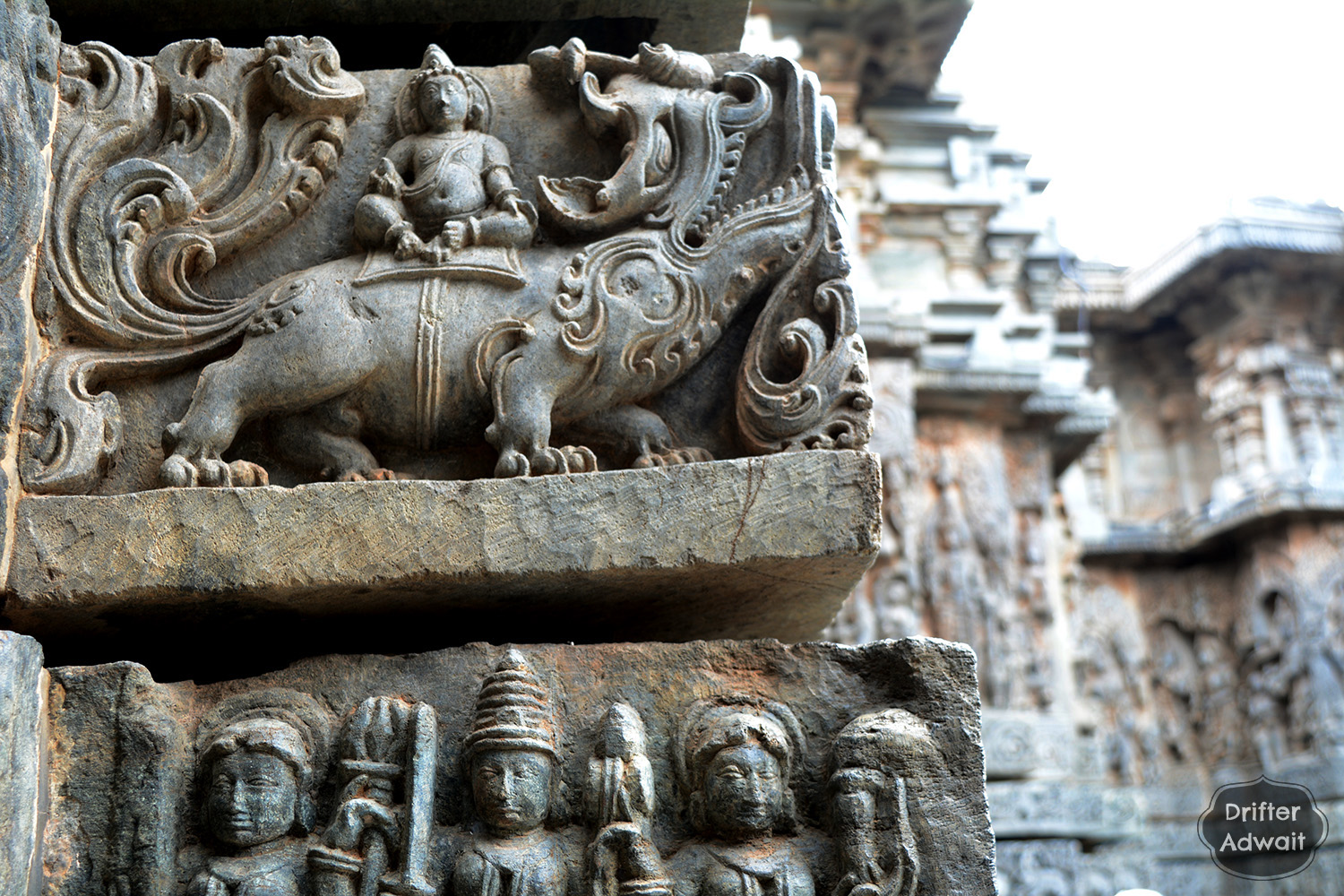
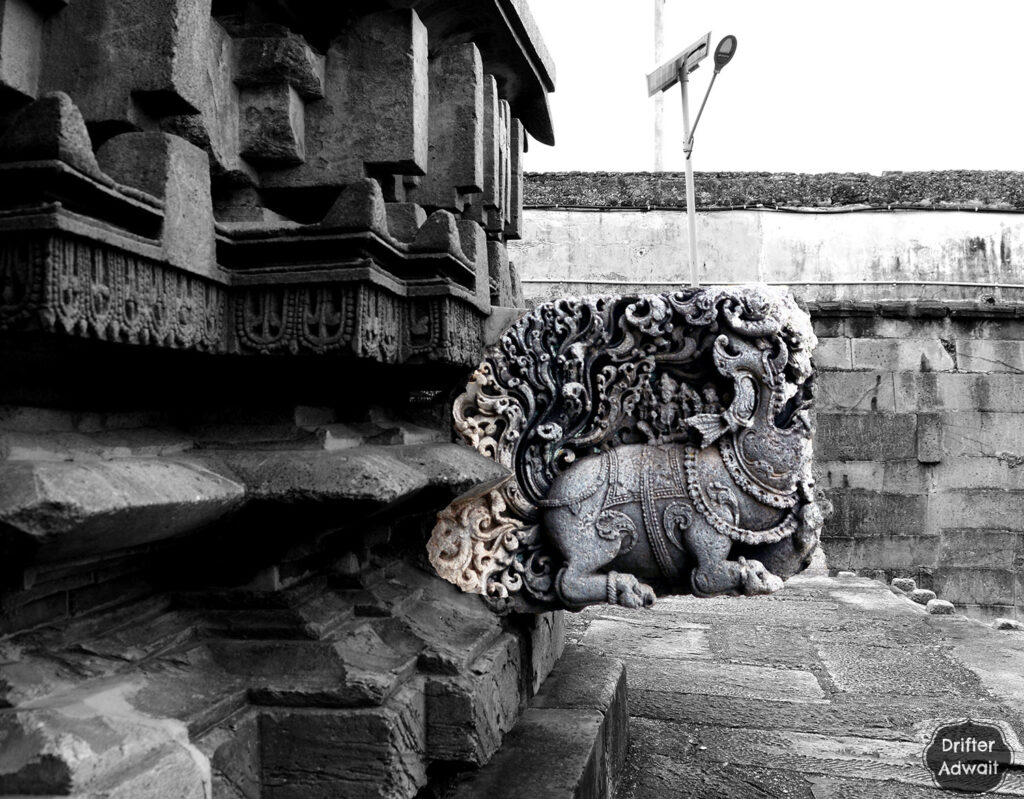
References:
1. Shrimad Bhagvat Geeta
2. Darian, Steven. “The Other Face of the Makara.” Artibus Asiae, vol. 38, no. 1, 1976, pp. 29–36. JSTOR
https://www.jstor.org/stable/3250095?read-now=1&refreqid=excelsior%3A0f6c7e5acdedd249c8de60435b773030&seq=1#page_scan_tab_contents
3. Jewel Box of India, Glories of Belur and Hlebeedu, By Dr. Neelkanth Kote
4. https://www.yogapedia.com/definition/6481/makarasana
5. https://www.britishmuseum.org/collection/object/A_1992-0410-0-1-47
6. https://collections.vam.ac.uk/item/O41631/varuna-god-of-the-water-painting-unknown/ copyright @ V&A Collections.
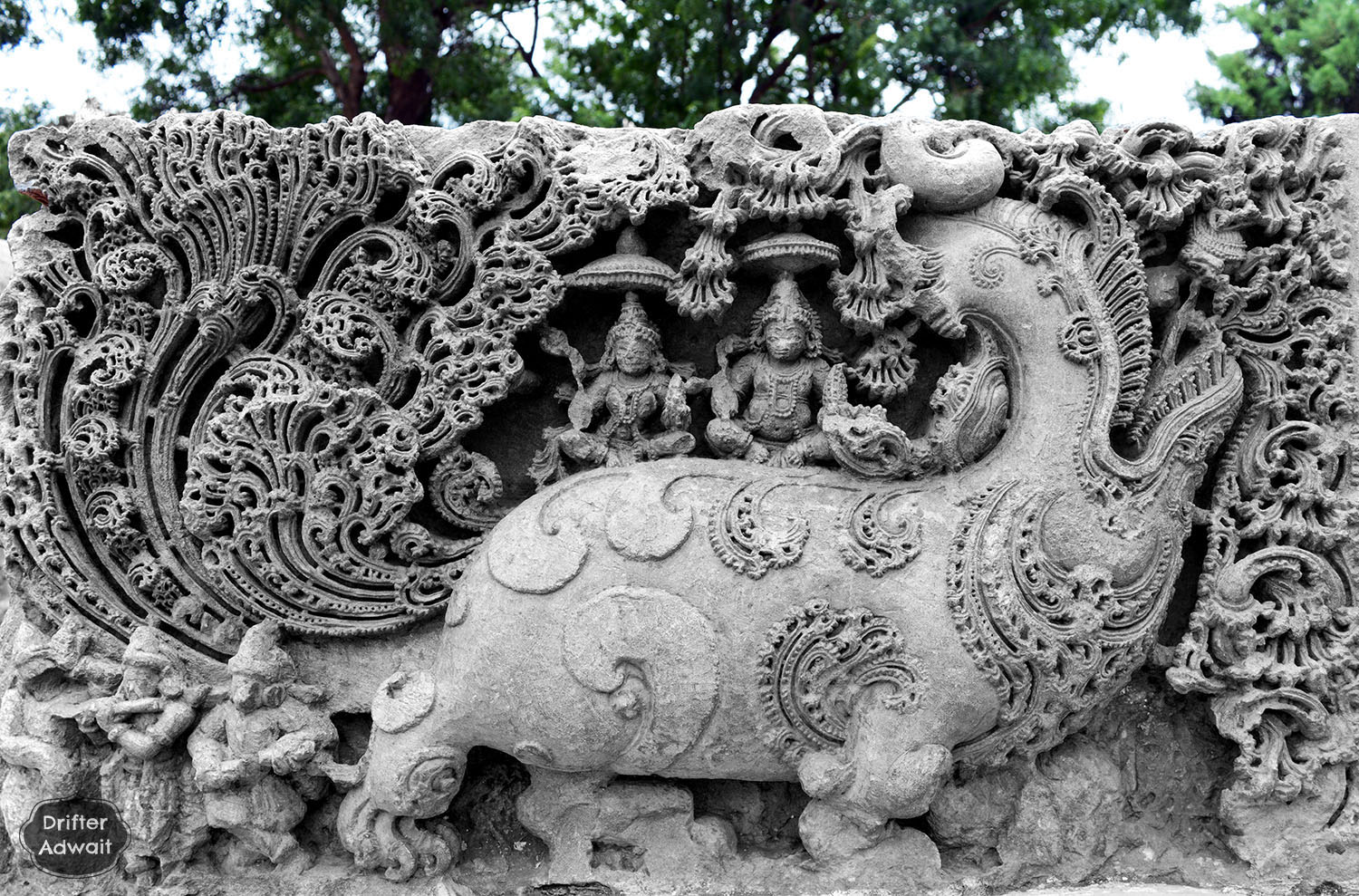
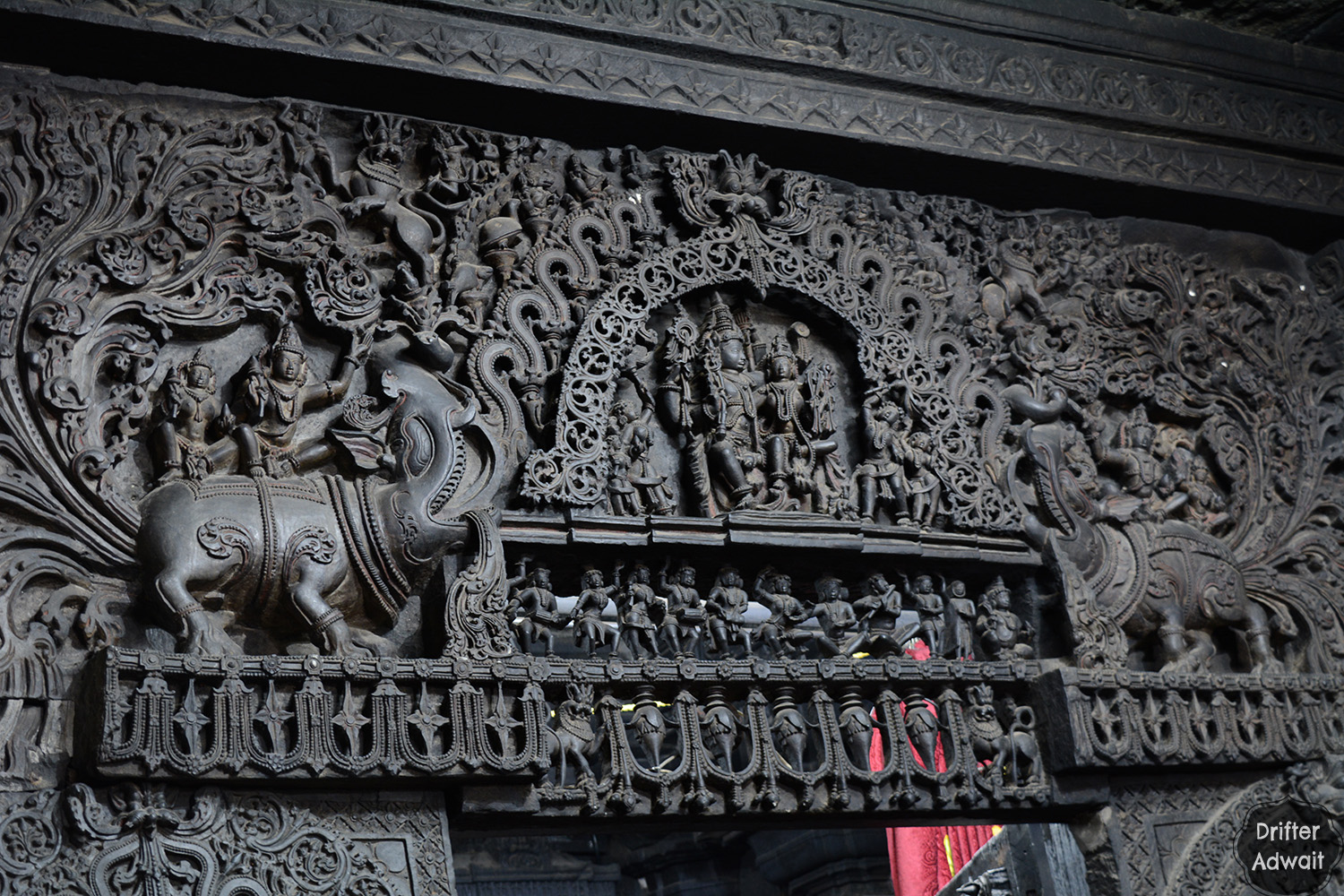
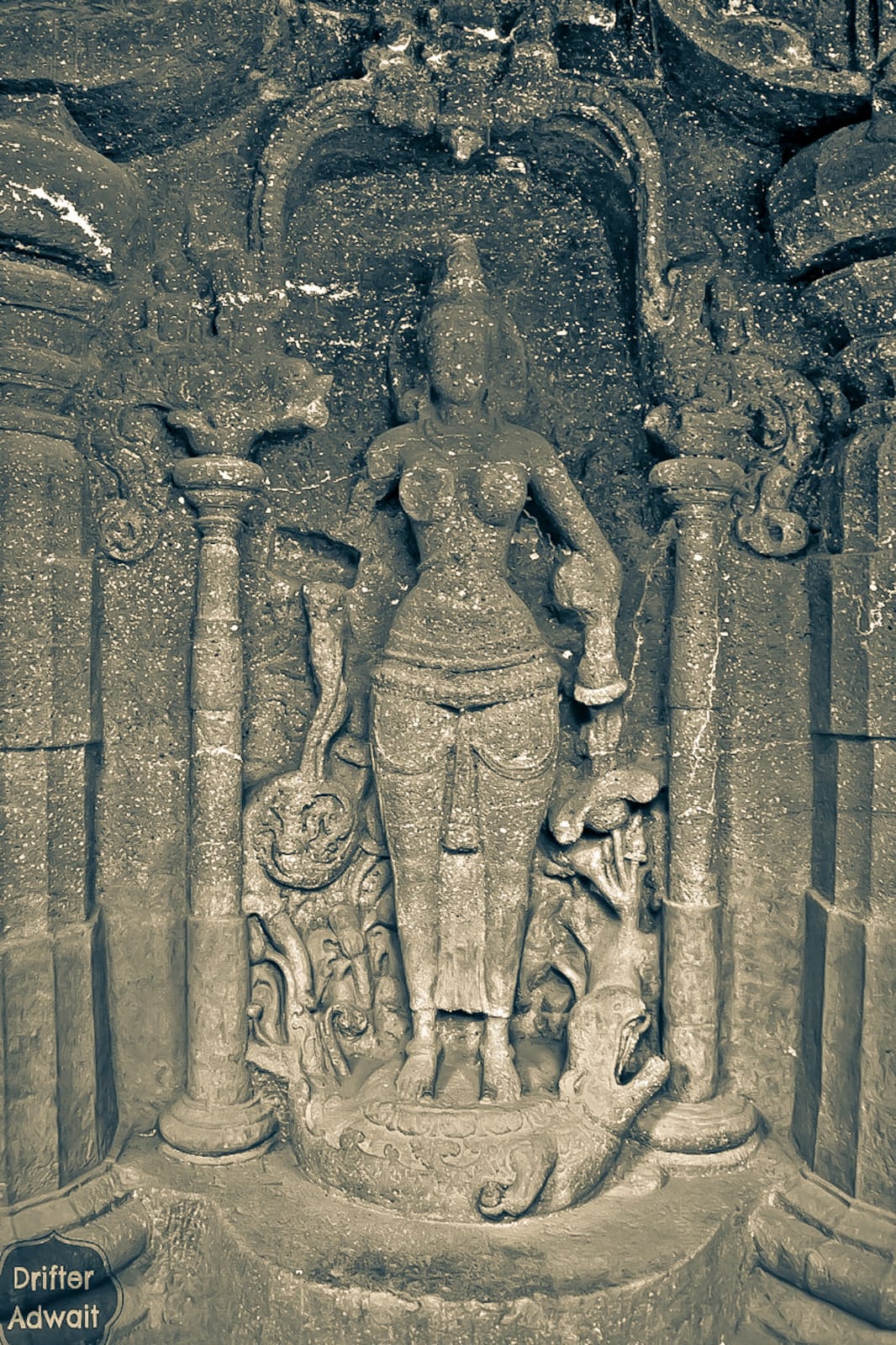
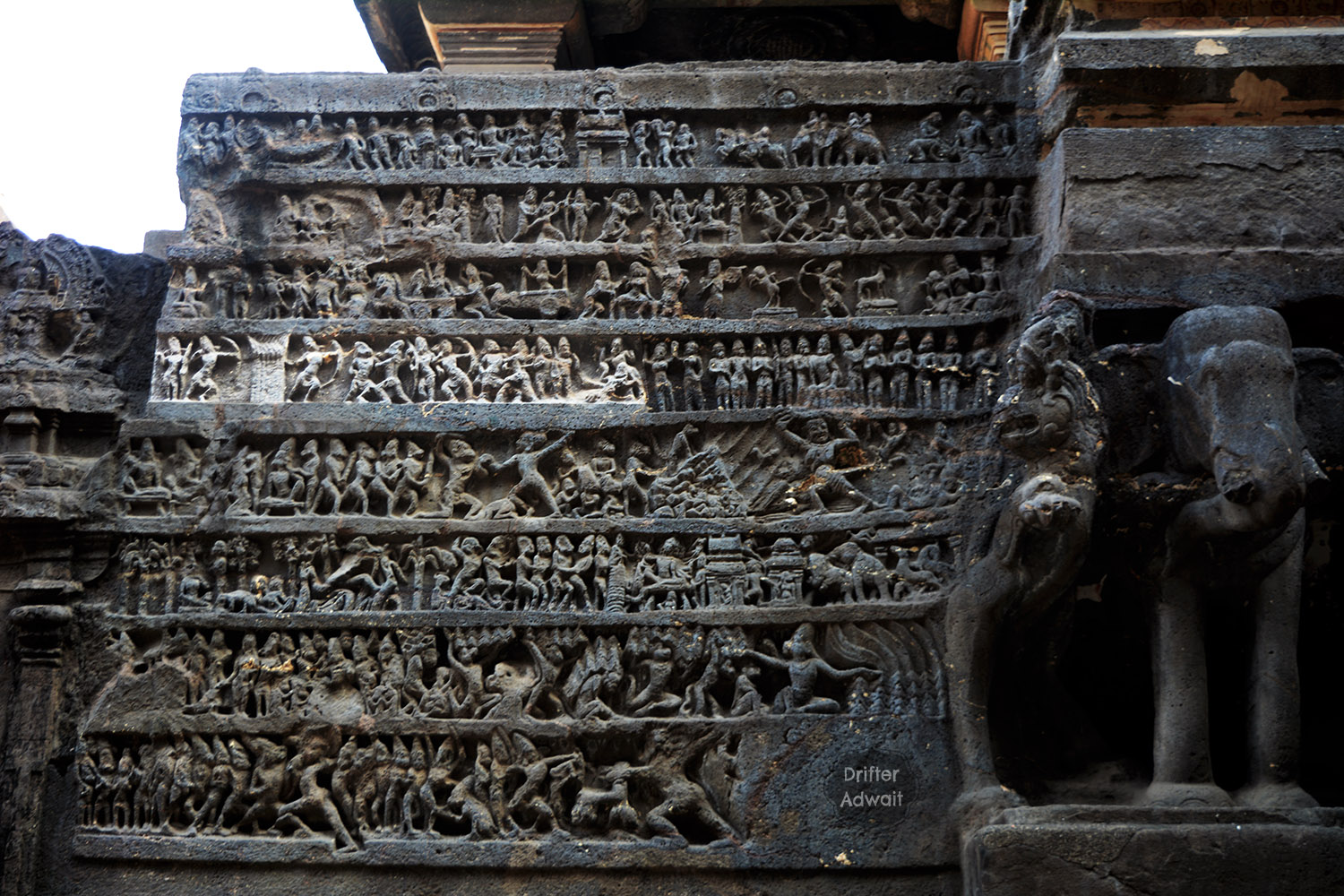
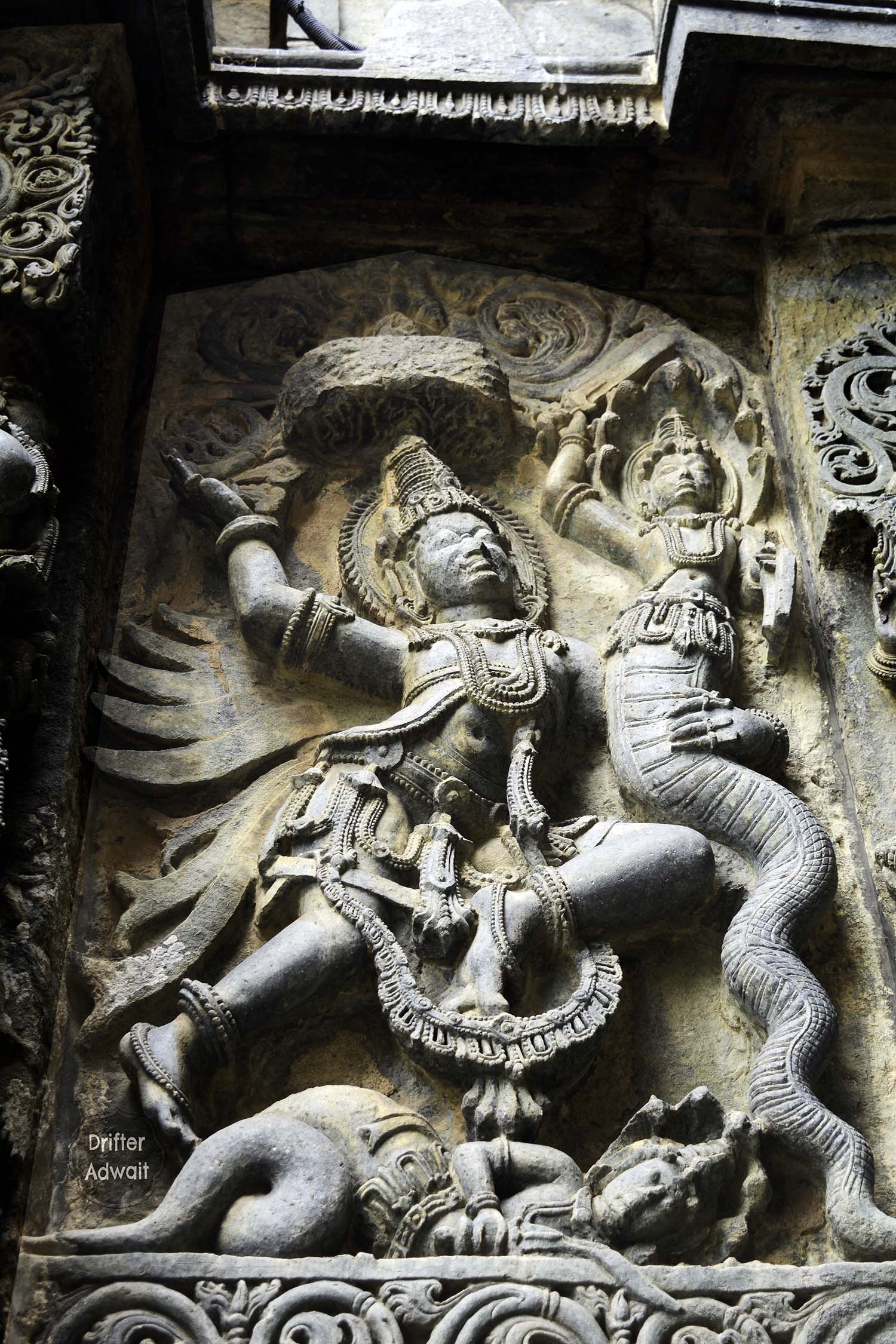
Perfectly illustrated in most lucid language , characteristic of your own. Though common , many sculptors
of Hoysala times never always tried to place over uttarang of almost sanctum sanctorums of all their temples..
Was their any hierarchical assumption about makara to put on any particular temple ???was their any hierarchy of temples those times ??
On each temple, Makaras have their own place. For example, in Kopeshwar temple, you can find them on the pillers of Mandapa. In Nugehalli temple, they are on the outer walls, forming a layer surrounding temples. In Hoysaleshwara temple, you can find them in the Makaras. Makaras are representation of an ideal soldier. Whenever they are depicted behind our Gods, it shows that the Bhakti (devotion) is protected by the Shakti (power) of the Sadhak. It represents, that, in order for a culture to pass on to the next generations, we should protect it with the qualities that lie in the Makaras. Thanks for your valuable comment Sir.
Great stuff, Drifter, the Pictures are splendid, and article well- written. But to bring it to Philosophical content it needs some more info. think not many explored that aspect of it. this is helpful, i am Writing about Varuna. asking permission to use photo and little of content , this my
[email protected]
thanks, regards
– She
Thank you for the comment Sheera. I have sent you a mail regarding this.
माहिती कृपया मराठीत द्या.
माहिती मराठी मध्ये मिळाली तर बरे होईल
Yes Sir, working on the same.
ज्ञानात भर पडली
Dhanyawad. ??
???
Very nice. I like.